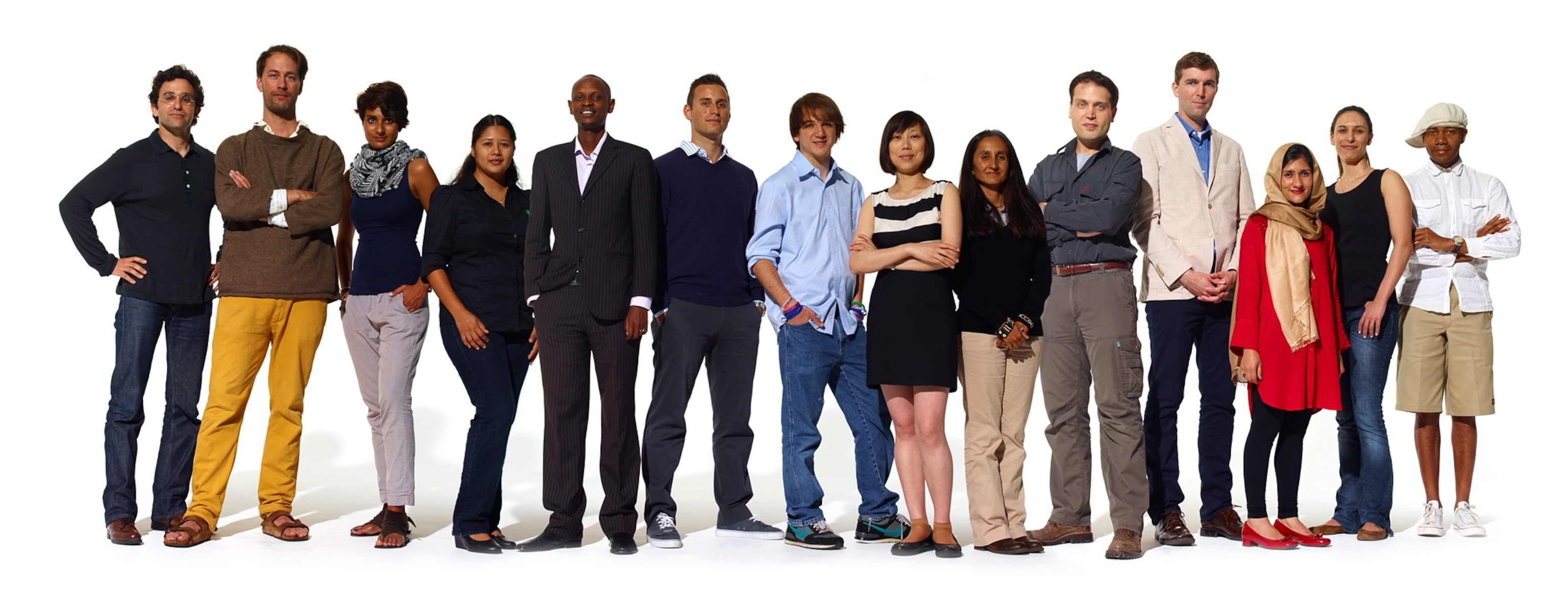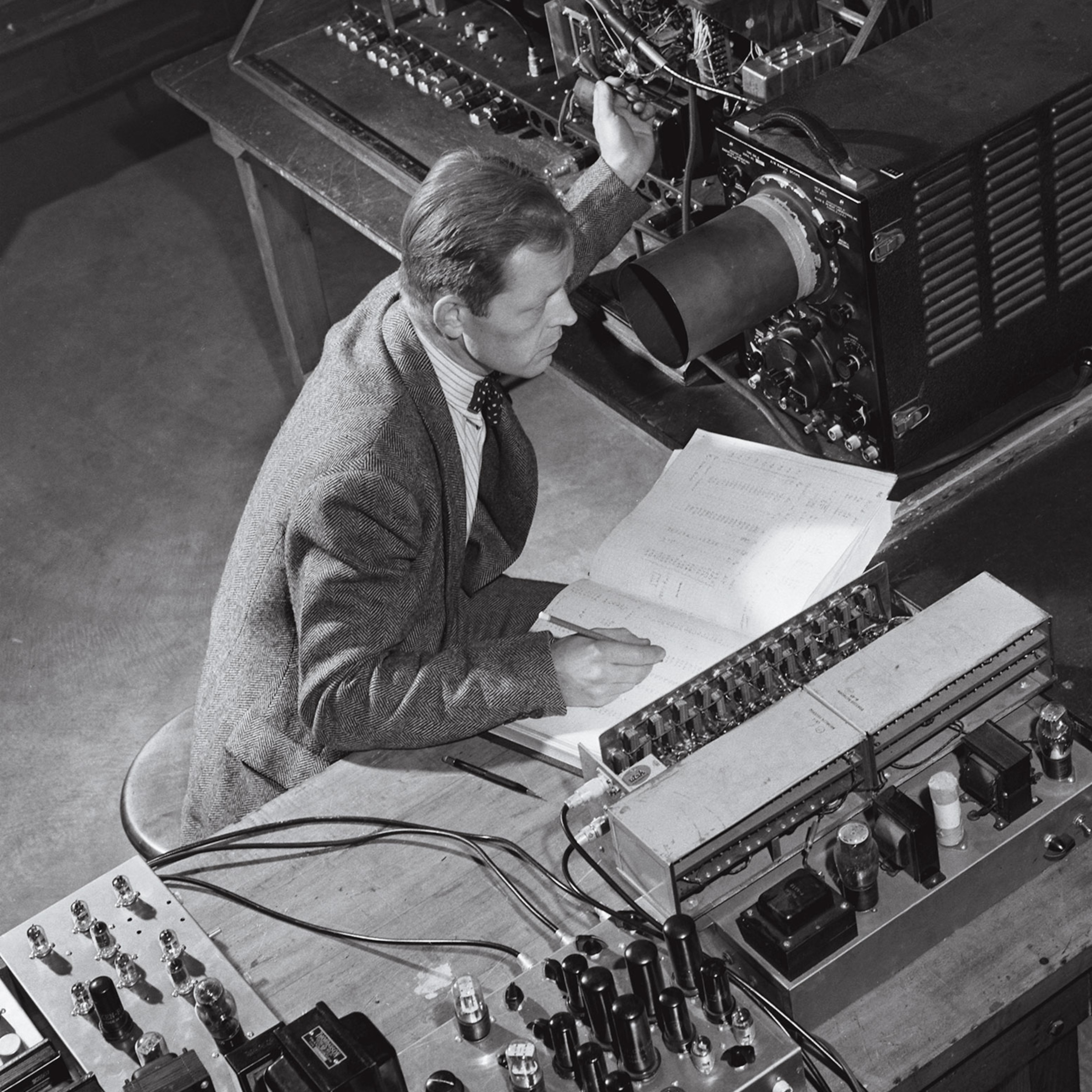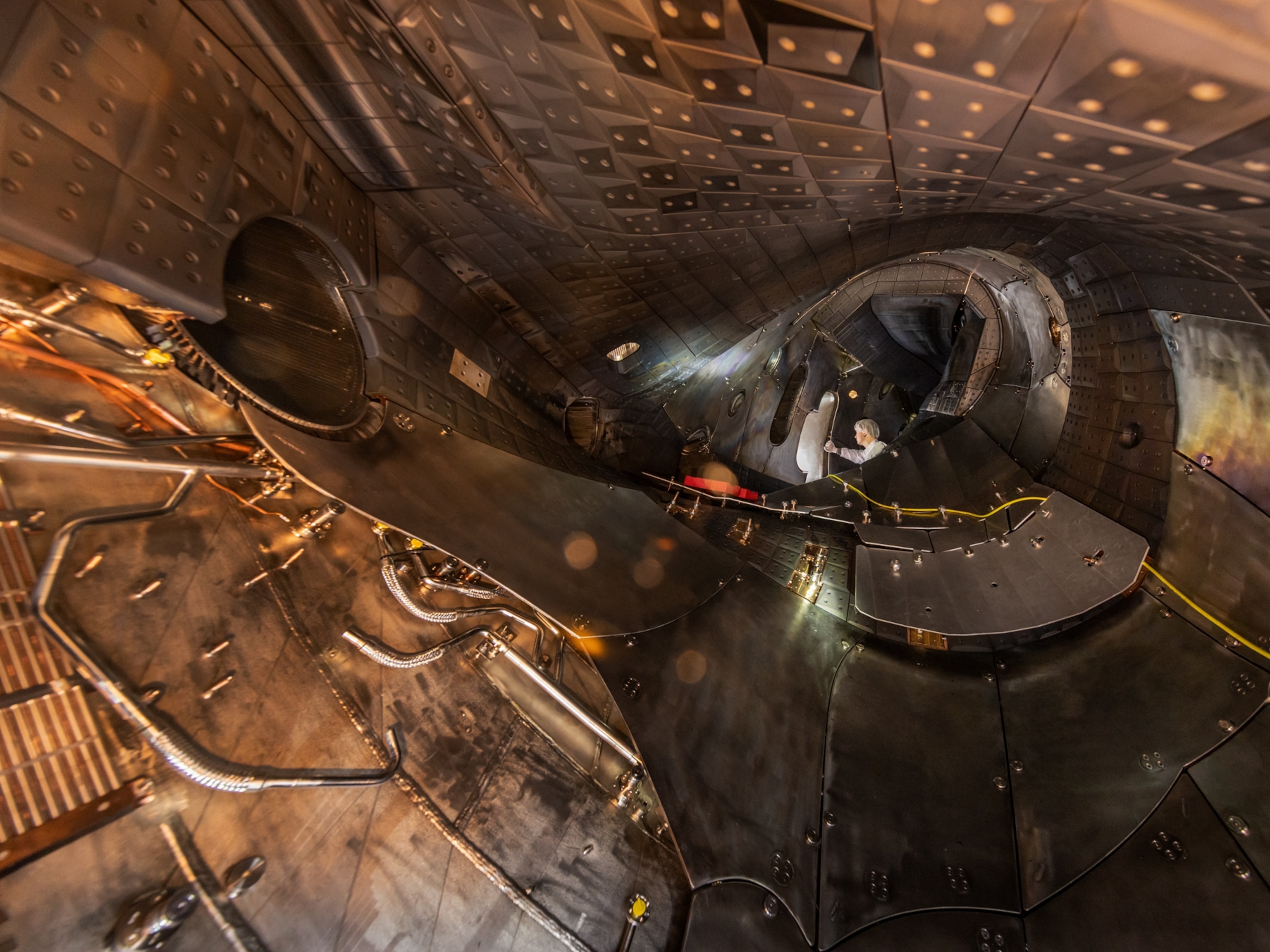Engineer Sees Big Possibilities in Micro-robots, Including Programmable Bees
Robert Wood says that medicine and agriculture could be transformed by micro and "soft" robots.
Editor's note: Robert Wood is one of National Geographic's 2014 emerging explorers, part of a program that honors tomorrow's visionaries—those making discoveries, making a difference, and inspiring people to care about the planet.
Robots that fly. Robots you wear. Robots the size of nickels. These new classes of robots all have one thing in common—every aspect of them must be conceived and created from scratch. There are no designs, materials, manufacturing processes, or off-the-shelf components for them.
Electrical engineer Robert Wood's Microrobotics Lab at Harvard University is at the forefront of engineering such robots, which can fly lighter, slither through narrower spaces, and operate at smaller sizes than anything imagined before.
"Traditionally robots have been big, powerful, metallic objects that might weld doors onto cars in a factory," Wood says. "The robots we explore are dramatically different, some on a new, micro-sized scale, others made of soft rather than rigid materials."
The ways the robots might one day help humans are astonishing, he says, potentially transforming fields like medicine and agriculture.
Take RoboBees, colonies of autonomous flying micro-robots that Wood's team has been developing for years. He says that they could one day perform search-and-rescue expeditions, scout hazardous environments, gather scientific field data, even help pollinate crops. (Related "The Drones Come Home.")
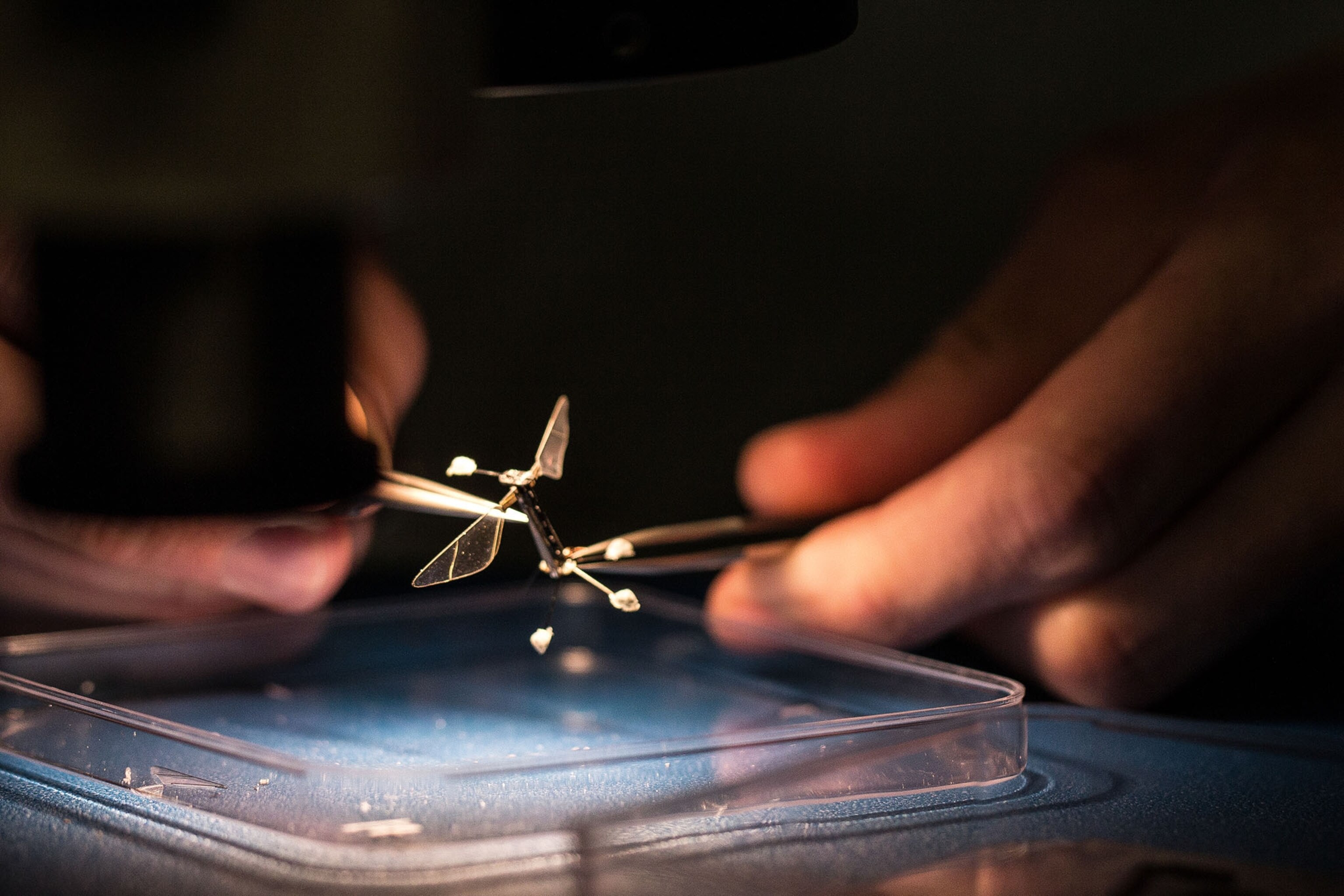
Like much of Wood's work, the RoboBees' design is "bio-inspired."
"If you want to make something a centimeter big that can fly, several hundred thousand solutions already exist in nature," he says. "We don't just copy nature. We try to understand the what, how, and why behind an organism's anatomy, movement, and behavior, and then translate that into engineering terms."
He and fellow researchers devised novel techniques to fabricate, assemble, and manufacture the miniature machines, each with a housefly-size thorax, three-centimeter (1.2-inch) wingspan, and weight of just 80 milligrams (.0028 ounces). The latest prototype rises on a thread-thin tether, flaps its wings 120 times a second, hovers, and flies along preprogrammed paths.
The manufacturing process is based on folding layered elements, an idea inspired by children's pop-up books. Now Wood's experiments are focused on finding a self-contained energy source that won't be too heavy and that can efficiently power the delicate bees.
"We're collaborating with other researchers to create and test new ultramicro batteries, fuel cells, or wireless power-transfer methods," he says.
Wood is also working to develop bio-inspired vision sensors, which he says "would let the bees navigate by measuring velocity, the same way a fly avoids being swatted by sensing the speed of your hand."
His ultimate vision is for a synchronized swarm of RoboBees. Colleagues at Harvard are designing algorithms based on the behavior of real-life termites and bees that could control the ability of a swarm of flying robots to work together.
"With social insects, no single individual has the whole plan," says Wood, "but somehow they team up to build fantastic structures."
He wants to program the robot bees to detect certain levels of heat or carbon dioxide, so that they could search a collapsed building for survivors and act as beacons to guide rescuers. In other possible scenarios, RoboBees could be sent in multiple directions, for instance to help track a chemical spill, before returning to a central "hive" to upload information.
RoboBees are already extremely lightweight, portable, and agile, but Wood also wants them to be so inexpensive that they're disposable. "Those advantages could give them very unique practical applications within perhaps 20 years."
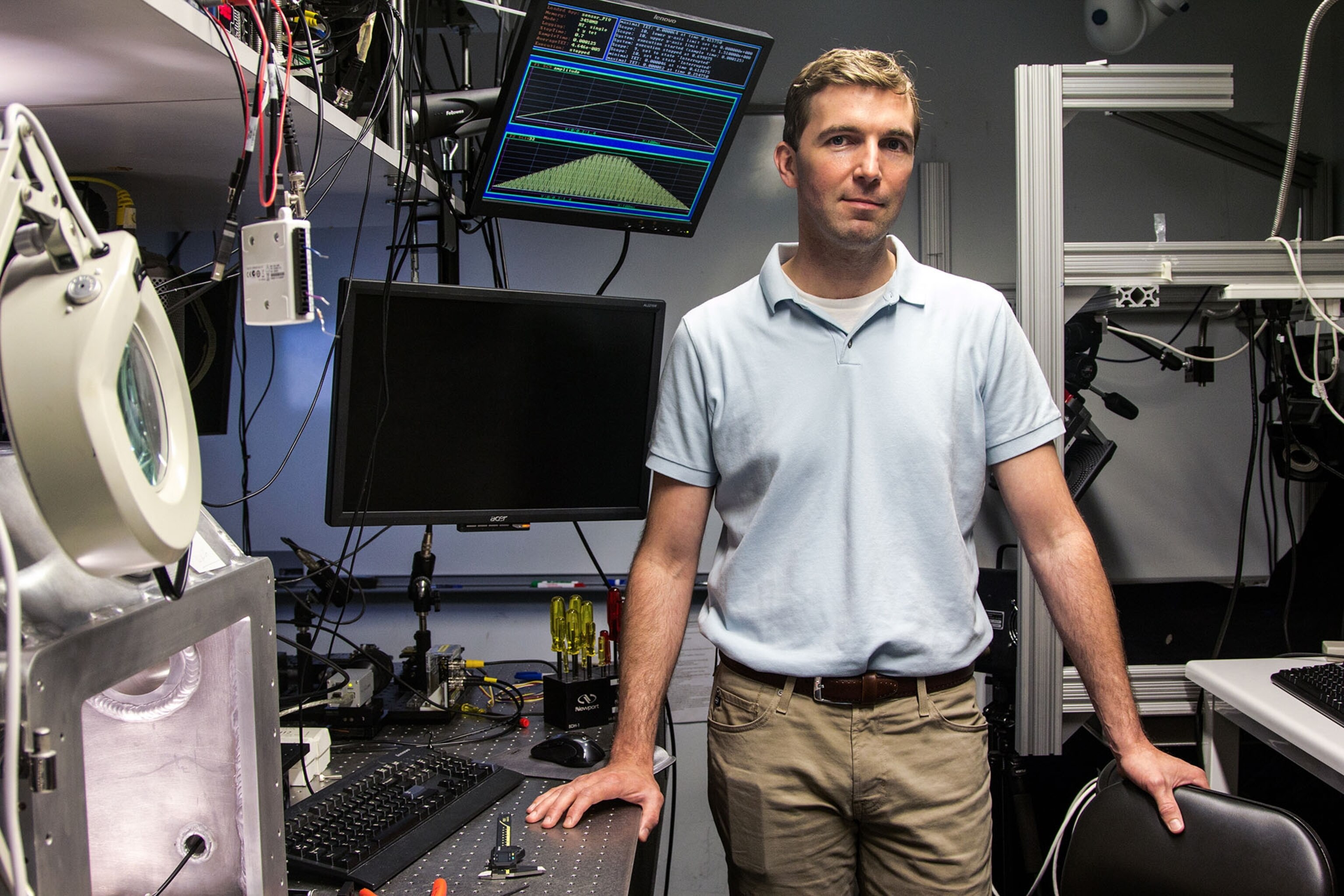
Another key area for Wood that's brimming with potential applications: the new field of soft robotics, which would allow robots to more safely interact with humans. "This leads to a whole host of medical applications," he says.
One prototype system that Wood has helped developed, called Second Skin, can be worn by patients with neuromuscular disorders to stimulate nerve activity and advance rehabilitation. He says that soft- and micro-robotic devices may one day be used inside the body to aid minimally invasive medical procedures.
Completely soft robots won't necessarily need to go around obstacles, Wood says, but instead can squeeze through them—sliding under doors, for example—making them even more useful.
"Our big effort will be to integrate as much intelligence as possible into the soft structure itself," he says, "minimizing the need to explicitly compute and communicate every action externally." (Related "Us. And them.")

The new frontiers of robotics sound like science fiction, and Wood is using the new technology to excite kids about science.
He and his lab team have brought their prototypes to schools and science festivals across the country, reaching thousands of students and families. "Even young kids who can't understand all the intricacies of our systems get the big concepts right away," Wood says. "Maybe some of them will pursue careers in these fields one day."
Still, not all the lessons he imparts are exciting.
"I do caution kids that you often try many things that don't work before discovering one that does," Wood says. "Things break. Micro-components fall on the floor and are too small to ever be found. Failure happens more than success.
"But you repeat, repeat, repeat—and keep learning," he continues. "Then a eureka moment hits—like the first time our RoboBee took off. It means we're on the right track and can move ahead."
National Geographic will profile more of our 2014 Emerging Explorers in weeks to come.
